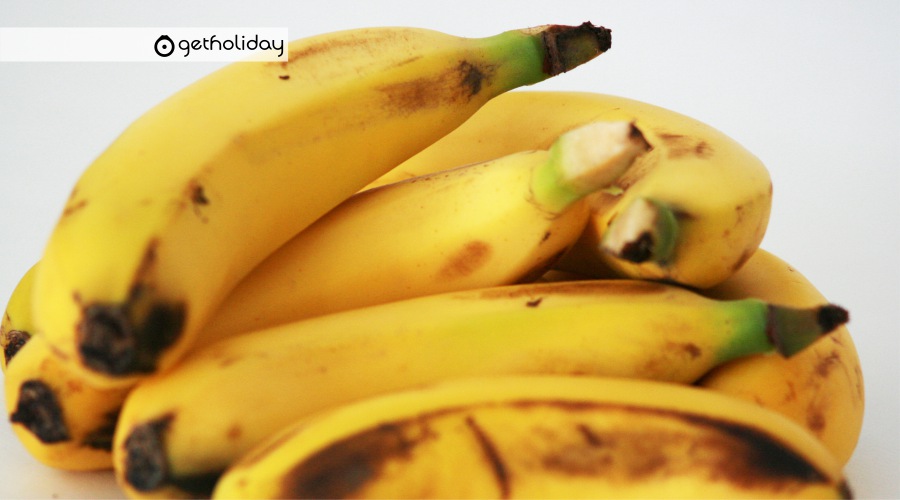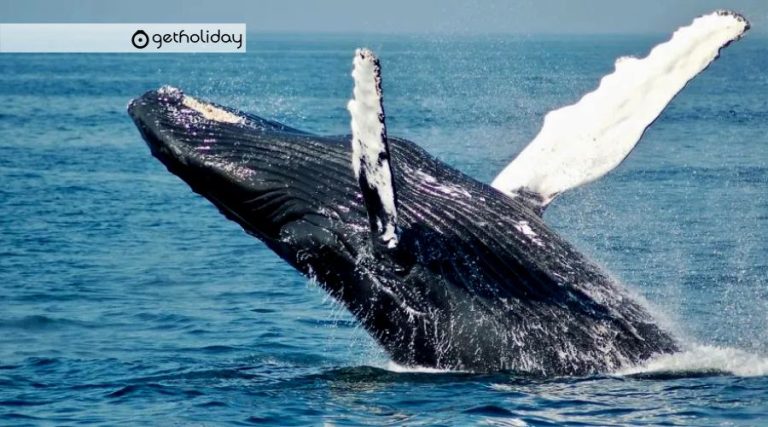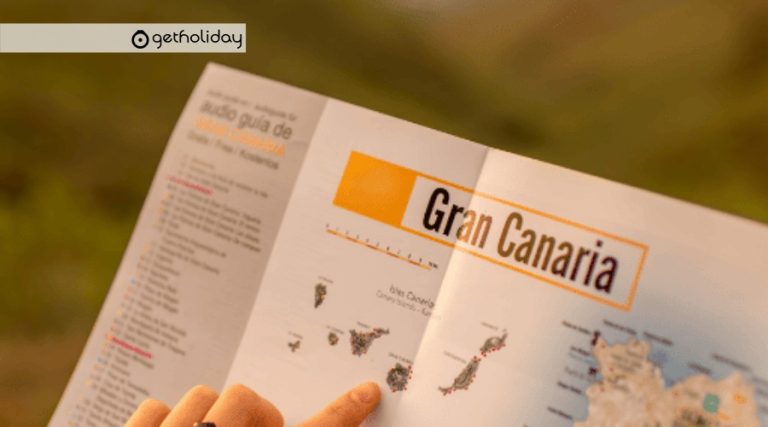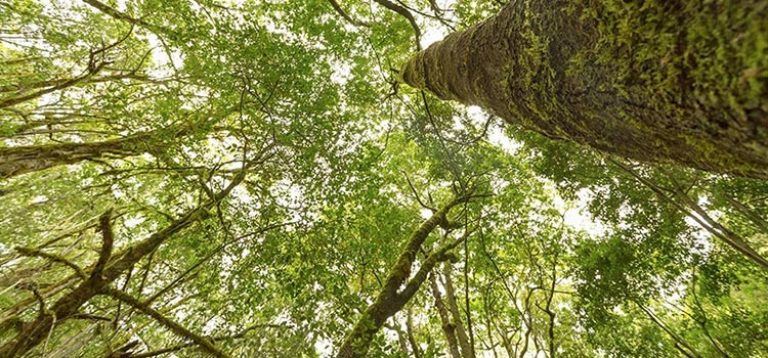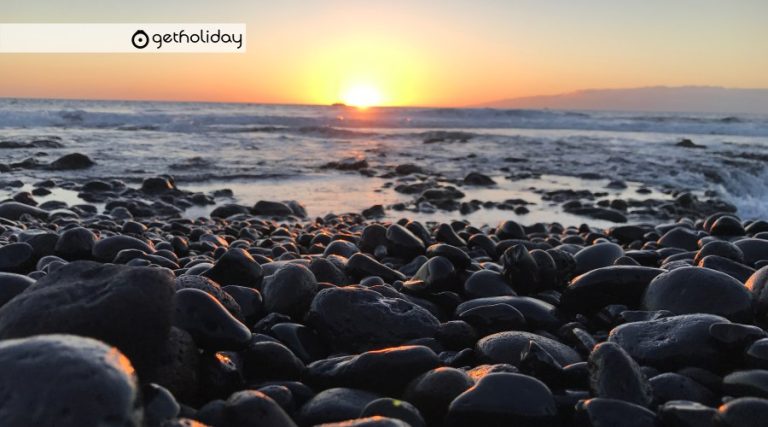Canary Islands banana: history and curiosities
Banana is the most important crop in the Canary Islands. Did you know that in 2020 alone there was a production of 430 million kilos of banana from the Canary Islands? The leading island in the production of this fruit is Tenerife, followed by La Palma and in third place Gran Canaria according to the statistics published by ASPROCAN 2020.
These productions are consumed in the archipelago, but are also distributed in the peninsula and exported abroad. The banana from the Canary Islands accounts for 60% of the European production of this fruit. Do you want to know more curiosities about this delicious yellow food? Well keep reading!
His story
The banana arrived in the Canary Islands from Equatorial Guinea at the hands of Portuguese expeditionaries. However, it is known that its cultivation began in Southeast Asia and from there it spread to the Mediterranean in the following century.
According to historians, once the crop was already established in the archipelago, the Spanish introduced it to American lands as a result of colonization.
Difference between plantain and banana
The main difference between plantains and bananas is the most obvious: their origin. This is so because factors such as transport time or the quality of the soil where it is grown condition its flavor and the nutritional content of the fruit.
The volcanic soil of the Canary Islands has a high mineralization that is transmitted to the banana and makes the Canarian Banana unique.
Also, banana and plantain have an obvious difference in internal texture. The pulp of the Plátano de Canarias is darker as a result of a higher concentration of sugar, which is why there is also a decisive difference in flavor.
Its use
In addition to being able to eat the banana for dessert, this food can be used for multiple cooking recipes, some simple ones such as smoothies or fruit salads. Other more complex ones such as banana bechamel, banana mayonnaise, banana pancakes, among other preparations.
This fruit contains, among other vitamins, B6, which favors the normal functioning of the immune and nervous systems and psychological function. That is why it is recommended for children and students as it provides essential vitamins and minerals for their growth and development.
Another ideal population sector for the consumption of this fruit are the elderly. The Canarian banana is heart-healthy because it is a natural source of potassium and helps keep blood pressure at normal levels. Also, the aforementioned vitamin B6 also helps the normal formation of red blood cells.
Finally, the Canarian Banana is recommended for women who are pregnant or pregnant because it provides energy and contains nutrients such as magnesium or fiber that help meet the needs of the mother and the fetus.
Canarian banana for athletes
We know that sports and nutrition go hand in hand, and here we tell you why the banana is one of the favorite foods of athletes: This fruit is the fuel you need to consume before training as it is rich in minerals, fiber, vitamins and has excellent antioxidant capacity. Provides extra energy for the most intense routines!
And what happens after? Well, this food is also recommended for after having done physical exercise. It has been shown that it favors and speeds up the recovery process thanks to its high nutritional density. During training, our body mainly consumes two sources of energy: carbohydrates and fat, and this fruit is a great replenisher after exertion and accumulated fatigue.
Popularity; Second place
Is the banana popular among the fruits that are consumed in Spain? Well yes! The banana is one of the favorite fruits of the Spanish, in second place after oranges and tangerines. As an interesting fact: It was recorded that each Spaniard consumed more than 11 kilos of bananas in 2010.
How are the banana plantations in the Canary Islands?
There are banana crops in all the Canary Islands except where the conditions of fertility and humidity in the land do not occur, which are: Fuerteventura and Lanzarote.
In the sowing and agricultural exploitation phases, the use of pesticides is minimized in favor of biological products. The time that elapses between the sowing of the mother plant and the sprouting of the first banana pineapple is one year.
La Orotava and Icod de los Vinos in Tenerife. San Andrés y Sauces and Los Llanos de Aridane in La Palma. Arucas, Telde, Guía and Gáldar in Gran Canaria. They are the places where the most important crops of the archipelago are found, representing a fundamental part of its economy.
At present, different commercial varieties of Canarian Bananas subsist at the same time: Gros-Michel, Lacatán, Poyo, Gran Enana and Pequeña Enana.
Where can you buy the Canarian Banana? How to recognize it?
You can find Plátano de Canarias in any supermarket, greengrocer or food store. To identify it at the point of sale, you will have to make sure that the container of the product contains an identification label of Plátano de Canarias PGI. This can be presented in a box, tray or flow pack.
If you are interested in knowing more about this fruit, we recommend you look at the excursion we have on banana crops in Tenerife. With tasting included, don’t miss it!

